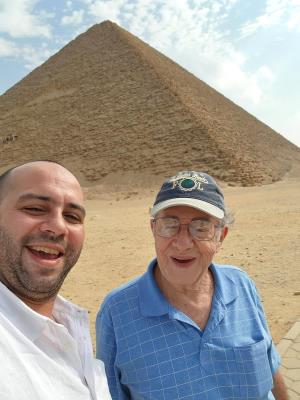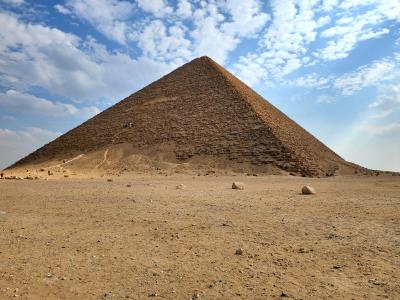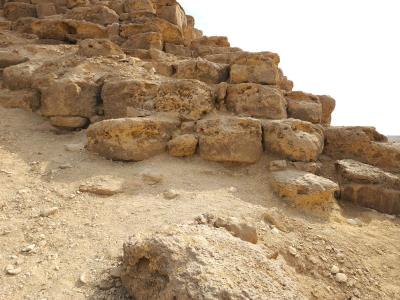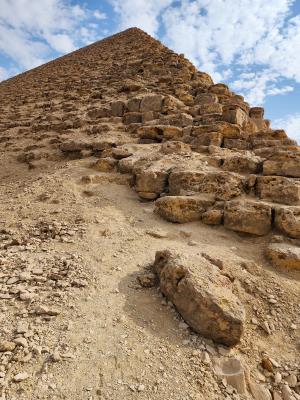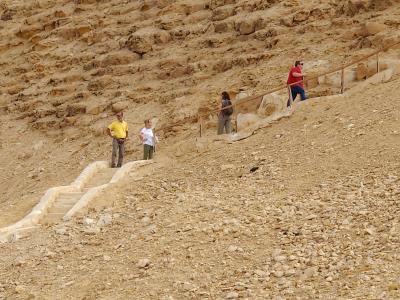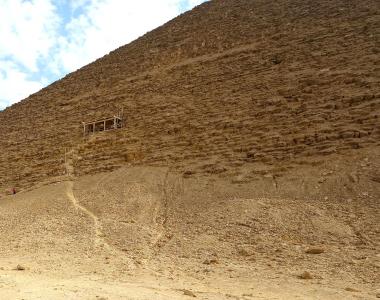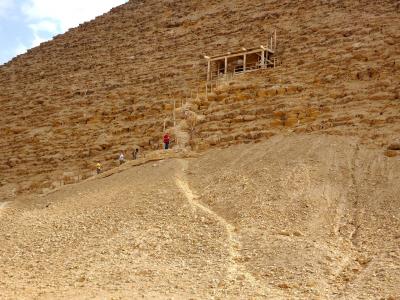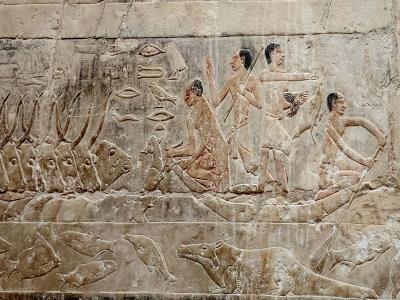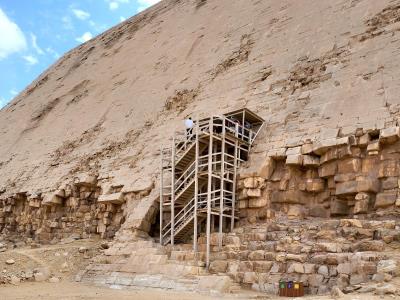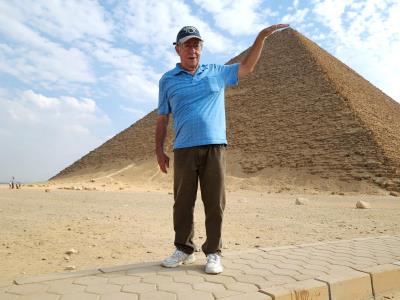Day 3 11/4/22
Egypt - Saqqara
Frank's Trip
CLICK on any image to enlarge - use mouse cursor to move enlargement it if doesn't fit area
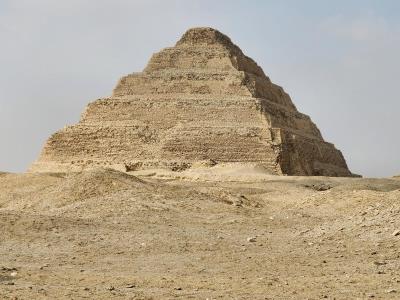
 Saqqara and Dahshur Pyramids ...
Saqqara and Dahshur Pyramids ...
These are the oldest of the pyramids - going back about 4,700 years. These are also, to me, a bit more interesting. And there are far fewer people visiting these. Add to that there are a couple that one can go into with far less effort than the Giza pyramids with more inside to see and this is a great place to visit. This also provides the background and experience for the builders that enabled the great pyramids of the Giza plateau. And the Red Pyramid here ranks in size right along with the Giza pyramids.
Step Pyramid of Djoser at Saqqara
The step pyramid is at Saqqara, Egypt - a short distance South of Cairo / Giza. Djoser was a king in the 3rd dynasty of Egypt.
Built in the 27th century BC, this is the oldest of the Egyptian pyramids. It isn't a smooth sided pyramid such as at Giza, but is an important step in the process of learning to build the later pyramids. It is also the first large-scale cut-stone structure in the world. This pyramid is about 203 feet high.
No, I didn't ride the camel. From all reports it can lead to one's muscles doing things they aren't used to... I was told that after riding a camel, I'd "walk like an Egyptian". But, it makes a cool picture.
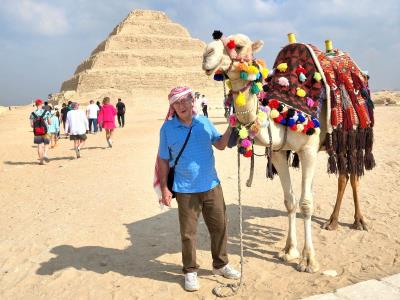

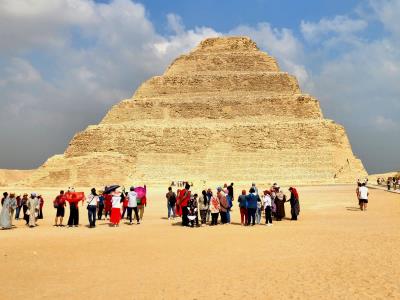
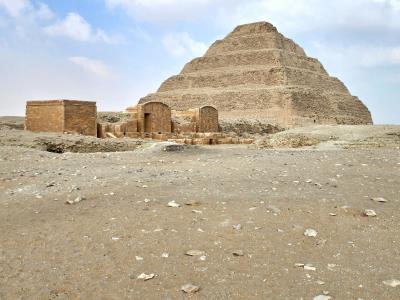
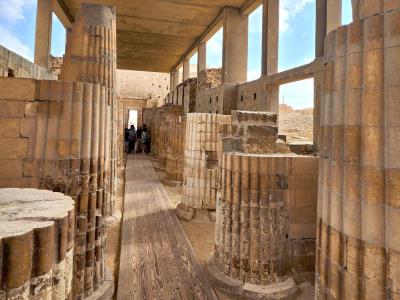
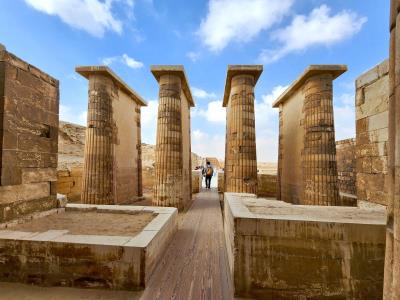
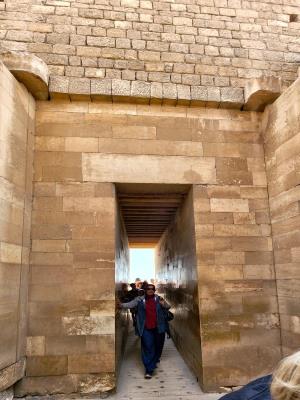
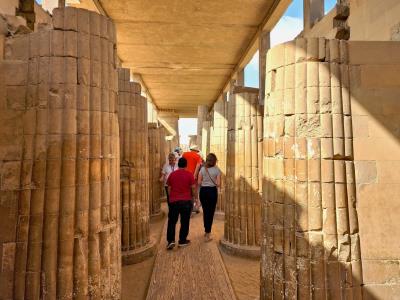
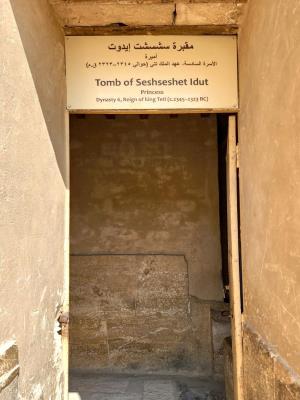
Tomb of Princess Seshseshet Idut
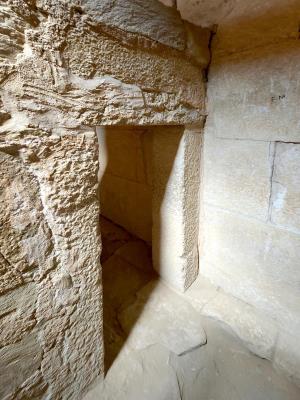
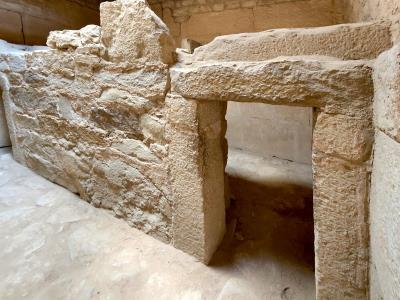
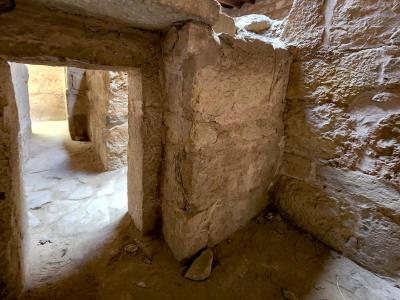
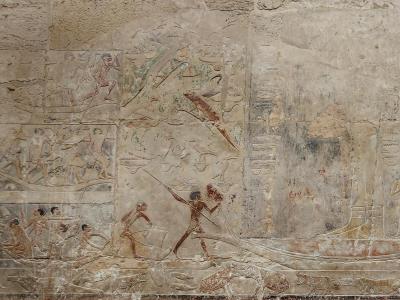
Pyramid of King Teti
There isn't that much left outside to suggest a pyramid. Inside, however, things are rather well preserved. Note the number of people (tour groups) getting ready to enter in the pictures below.
The pyramid of Teti measured about 256 feet to a side. With its slope of 53°7'48" it rose to a height of about 172 feet. Its dimensions and slope were thus similar to those of the pyramids of Teti’s predecessors and successors. Even in the way it was built, it followed the example of Unas and Djedkare: the core masonry was made of accreted blocks of stone, encased in fine limestone. Some of the blocks of the outer casing are still in place on the east side of the pyramid, but the rest has been carried away over the centuries by stone-robbers, causing the core masonry to be exposed and crumble down into the rounded mound of stones seen today.
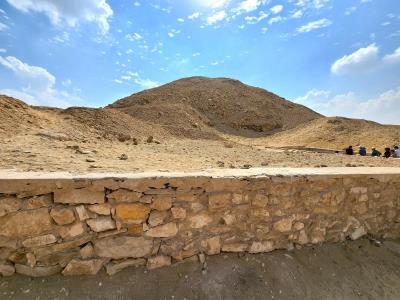
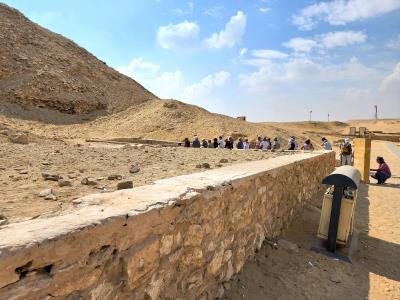
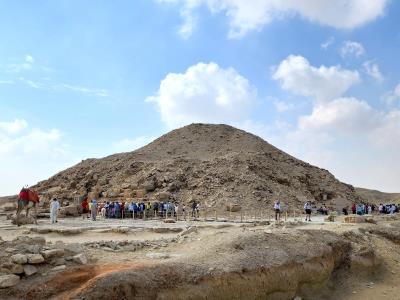
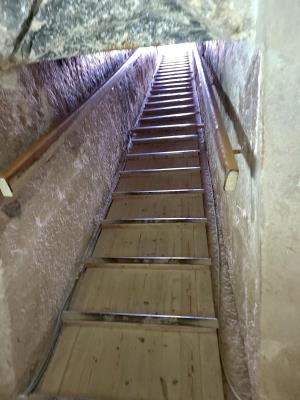
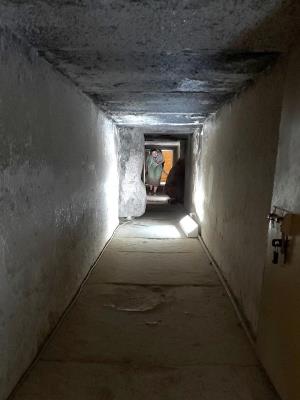
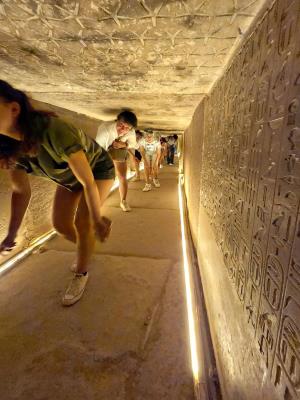
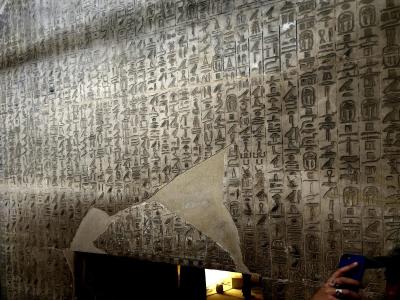
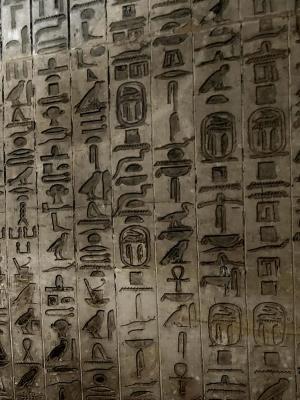
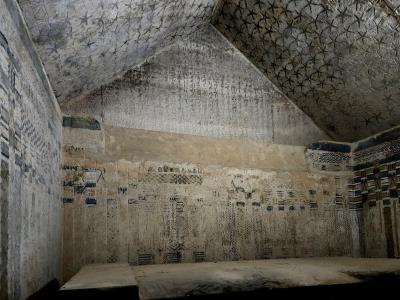
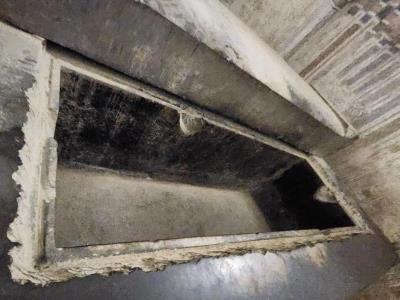
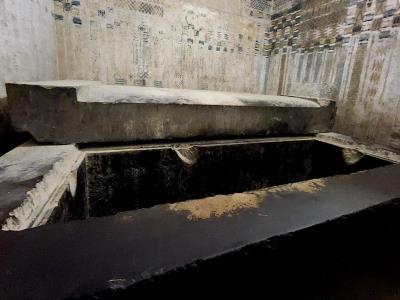
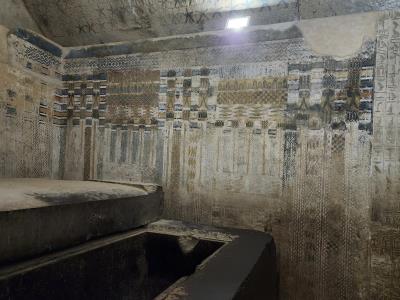
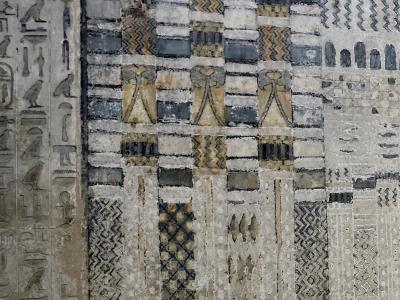
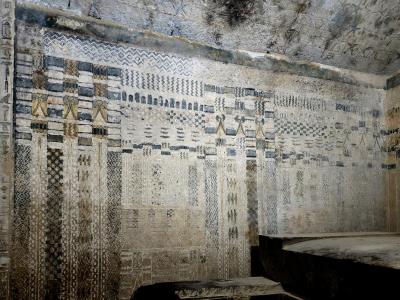
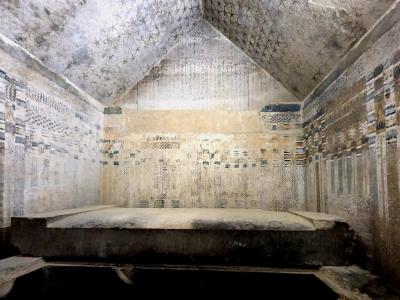
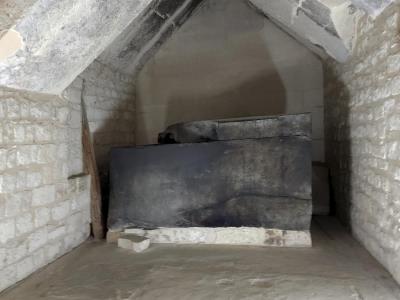
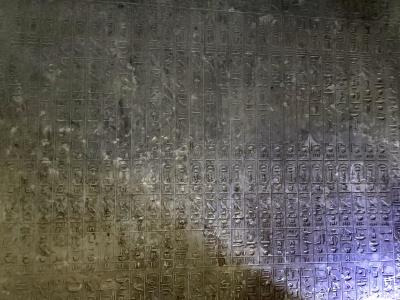
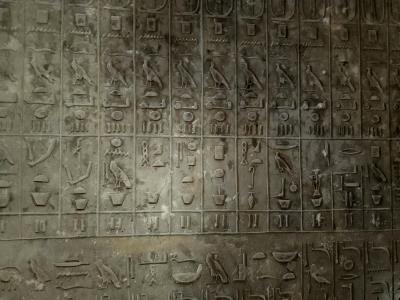
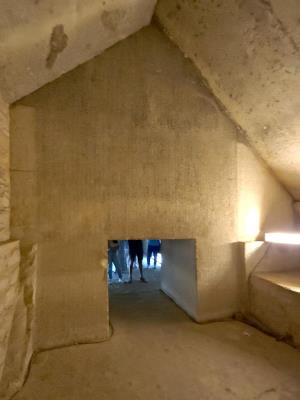
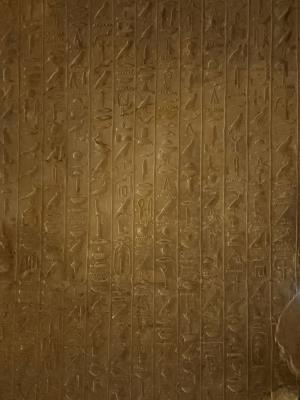
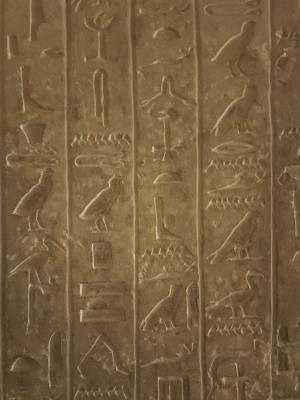
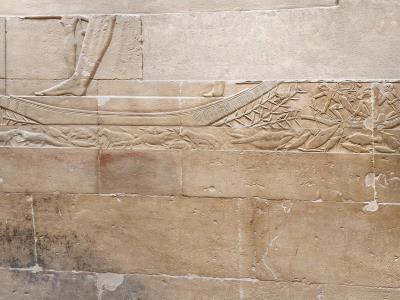
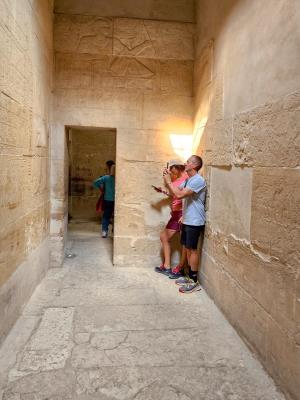
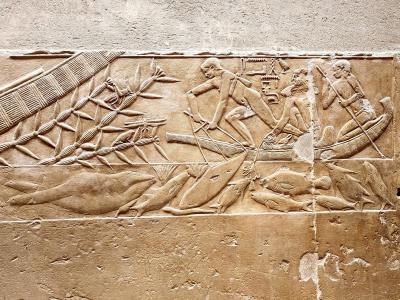
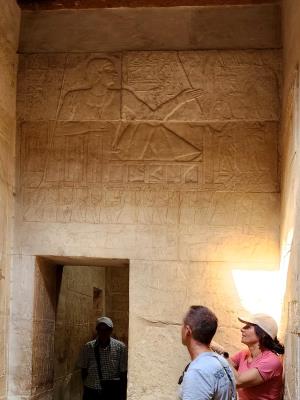
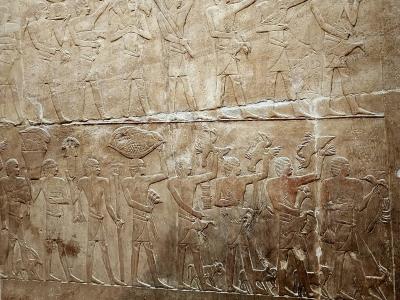
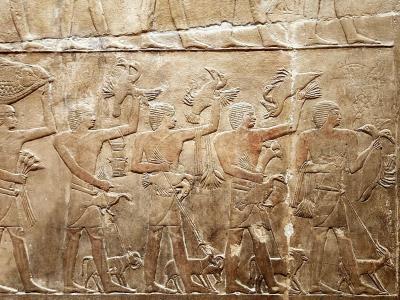
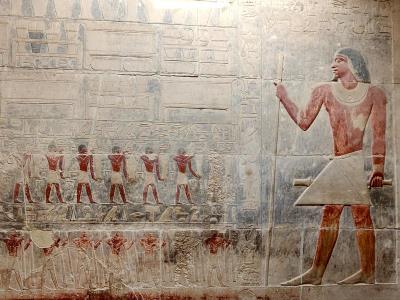
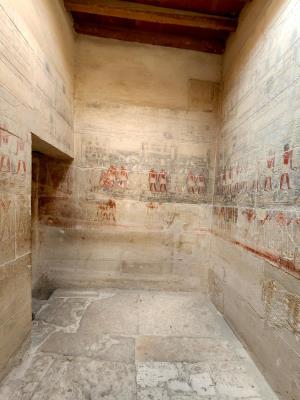
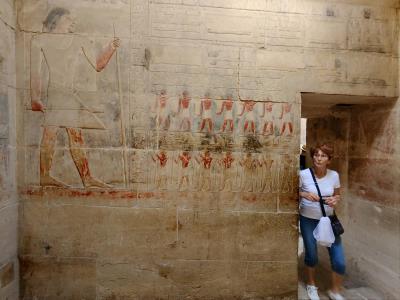
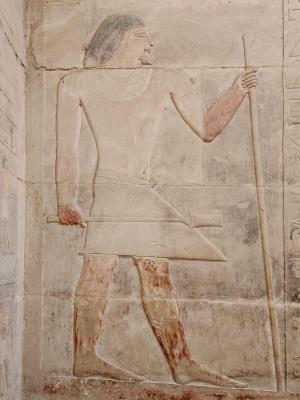
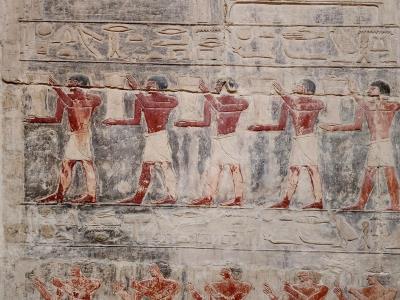
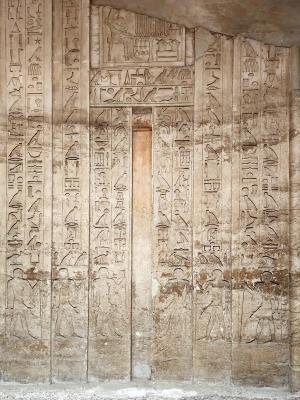
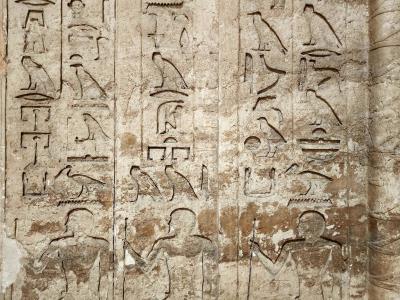
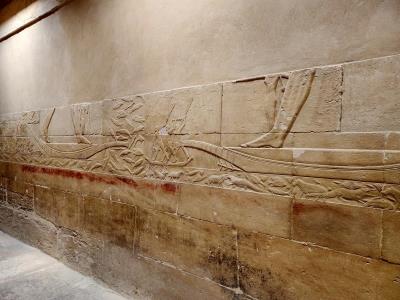
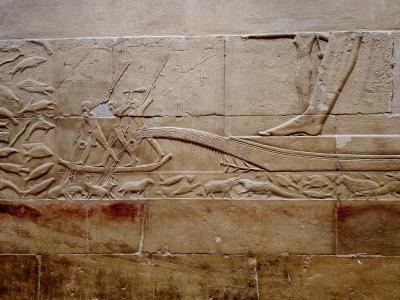
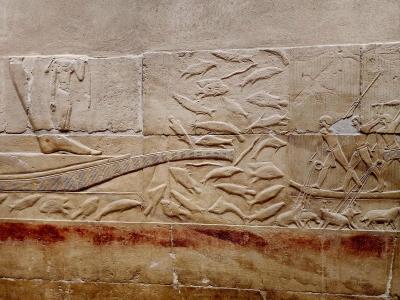
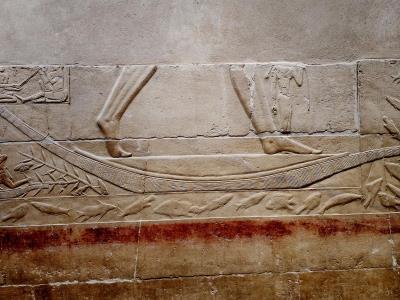
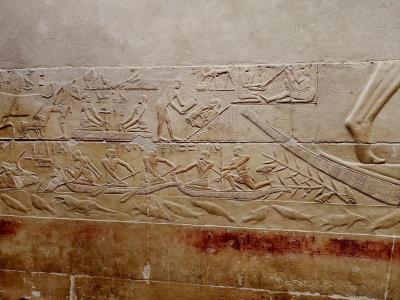
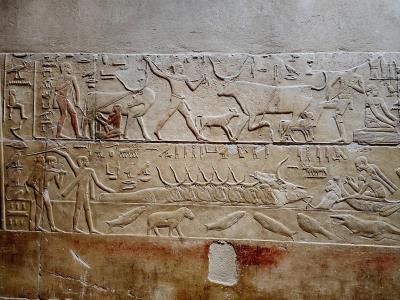
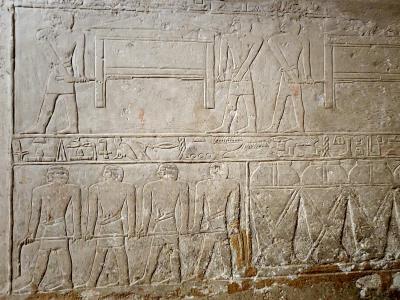
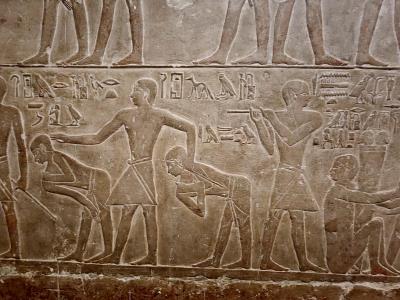
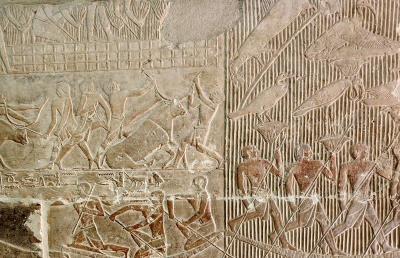
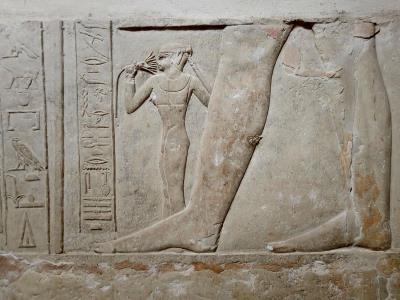
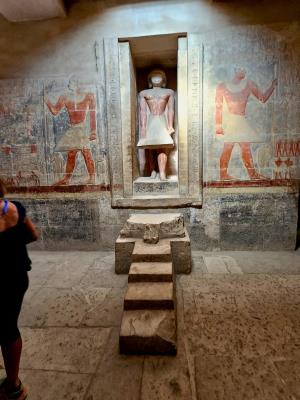
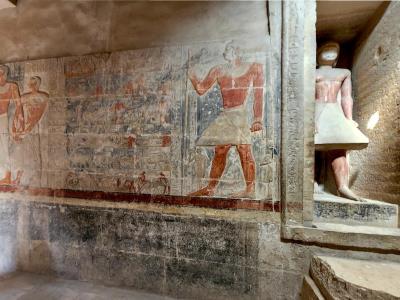
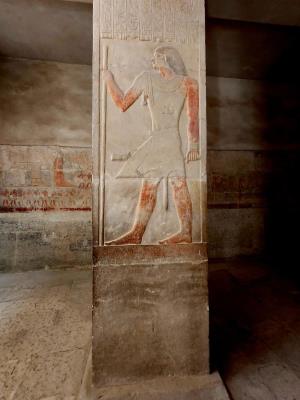
Dashur Pyramids
These are located a short distance South of Saqqara
Black Pyramid of Amenemhat III
The Black Pyramid of Dashur was the first pyramid built by Amenemhat III (of the Middle Kingdom of Ancient Egypt) during the early part of his reign. Unfortunately, the pharaoh failed to heed the warnings of history, and so this pyramid is now in a rather poor state. It is known as the Black Pyramid due to the color of the mudbrick core revealed by the missing casing blocks, but was known to the Ancient Egyptians as “Amenemhat is mighty and perfect” – a name which must have seemed increasingly ironic as the structure began to crumble shortly after construction.
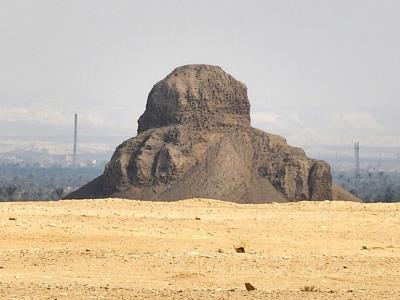
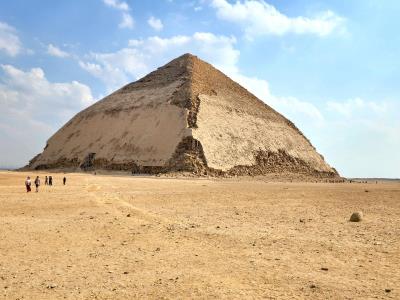
The Bent Pyramid
The Bent Pyramid is one of the pyramids built by King Sneferu, the first king of the Dynasty 4. It was called “bent” because of its broken lines due to a change of angle, an engineering issue in its design. Indeed, the pyramid construction began at an angle of 55 degrees but had to be adjusted to 43 degrees due to an overload of blocks resulting in instability. Despite their adjustments, the king’s designers made a new pyramid at a short distance, the Red Pyramid. The first angle of the Bent Pyramid suggests the transition phase between the Step-pyramid design of King Djoser in Saqqara and the later smooth-faced pyramids.
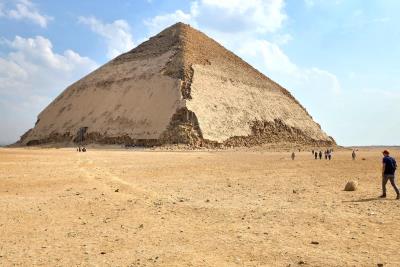
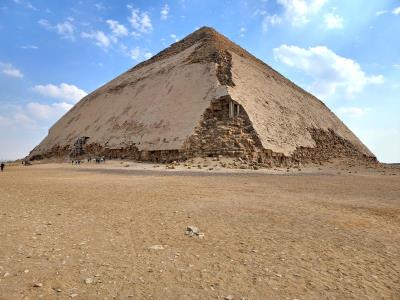
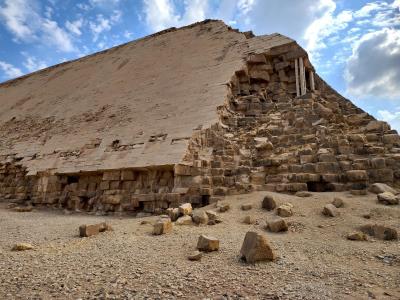
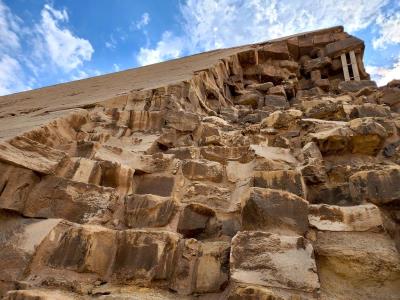
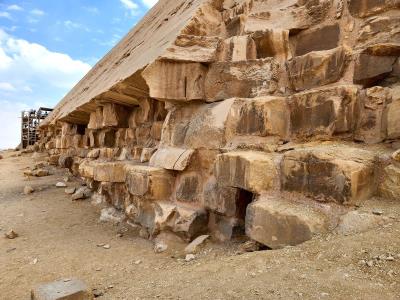
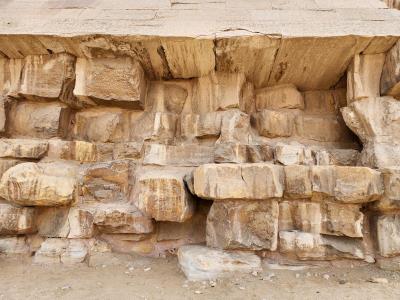
This scaffolding and people give an idea of the size
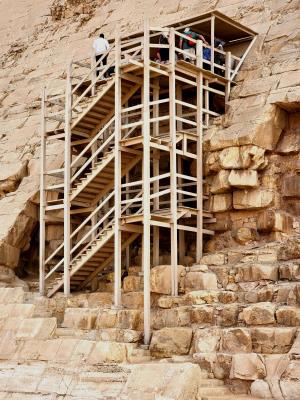
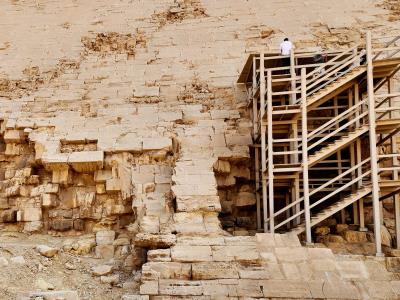
The Red Pyramid
The Red Pyramid at Dahshur was built for the pharaoh Sneferu, father of Khufu for whom the Great Pyramid of Giza was built. The Red Pyramid is the first 'true' pyramid and it has the second largest base of all Egyptian pyramids.
The Red Pyramid is the highest in Dahshur, and its name of “Red” is due to the reddish rusty color of its blocks. It was not this color originally, but a beautiful pure white of limestone of Tura, south of modern Cairo. All pyramids had a casing made of this white limestone, which was reused in medieval times. It is the third-largest Egyptian pyramid after those of Khufu and Khafre at Giza.
To the right is my driver / guide Armondo. That isn't his real name - it is too difficult for tourists and gets mangled to non-flattering names.
